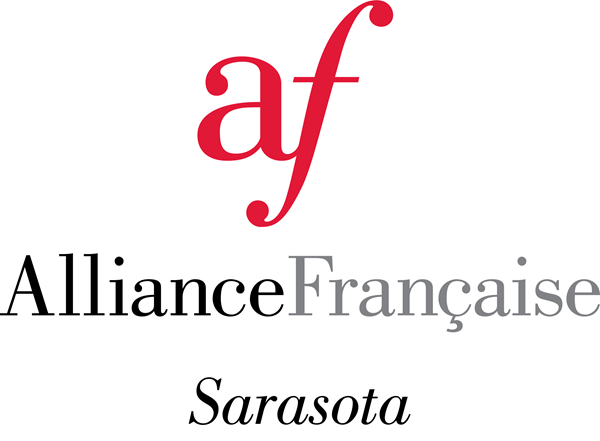Casse-croûte Conversations + Weekly Discussion Topics
FREE for Members!
Summer Break - Program restarts Fall 2025 - Date TBA
Nous vous invitons à nous rejoindre pour une discussion sur des sujets bien variés.
Everyone is welcome. Discussions in French but you can attend just to listen as well to improve your comprehension, learn a lot, and meet great Francophone/Francophile people in SRQ!
Pour y participer il suffit d'être membre de l'Alliance Française de Sarasota. Merci de nous communiquer votre adresse courriel pour qu'on puisse vous envoyer la liste des sujets.
To join this group, you just have to be a member of the Alliance Française de Sarasota. There is not charge except to become a member, and we send a weekly (during season) email with all the different subjects to be discussed.
Les réunions ont lieu chaque lundi matin de 10h00-11h30 dans les locaux de l'Alliance Française de Sarasota -
Meetings are every Monday morning at 10am (some exceptions during holidays and summer) Midtown Plaza Office Center - 1223 South Tamiami Trail - Sarasota, Florida 34239
To register for the Casse-croûte program, please call the Alliance office at 941.955.0700.
